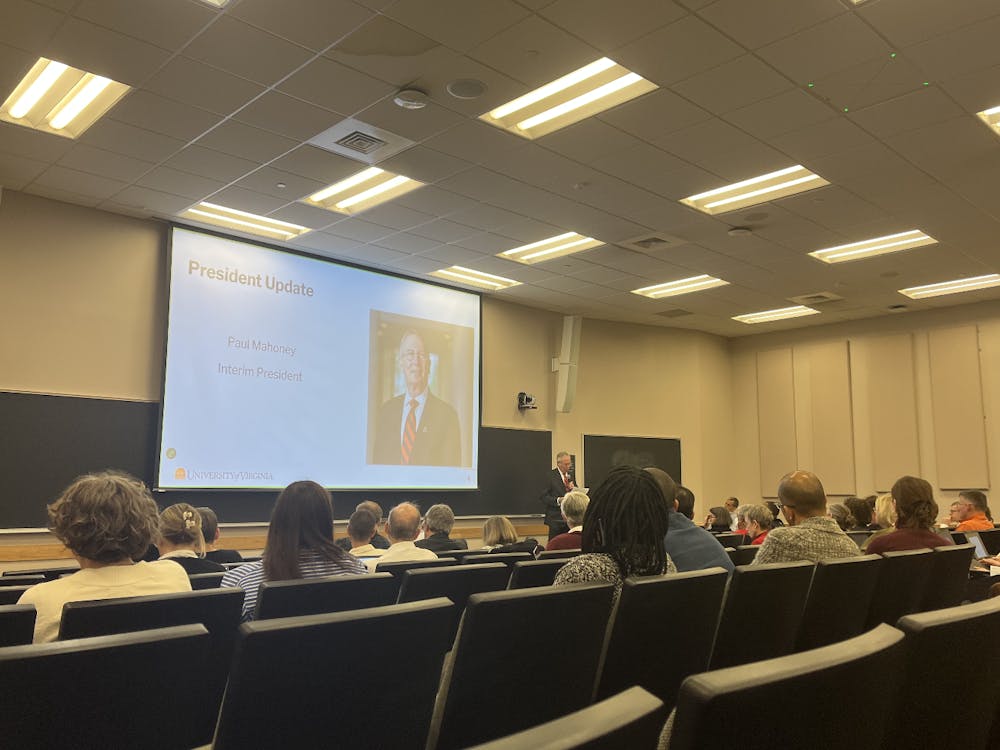Although Virginia SAT scores for the high school graduating class of 2001 rose slightly, national scores remained almost the same as they were for the class of 2000, according to figures released Tuesday by the College Board.
Nationally, the 2001 verbal average rose one point to 506, the highest in more than 10 years. The 2001 average math score of 514 remained unchanged from last year's score, which was the highest in 30 years.
In Virginia, the average verbal SAT score rose to 510, up one point from last year. The average math score also rose one point from 500 to 501.
"The change from last year to this year was insignificant," Dean of Admissions John A. Blackburn said.
"What's important here is to look at the long-term trend," said Charles Pyle, the Virginia Department of Education's public information manager.
Pyle also said that in Virginia, scores have increased for the past five years. This is "something to be happy about," he added.
Virginia scores are especially significant considering the high percentage of high school seniors who take the test. Sixty-eight percent of Virginia students take the test, compared to the national average of 45 percent.
In Virginia, the "pool of test-takers has expanded considerably and the scores are going up," Pyle said. He also said this is especially good because typically when the pool of test-takers increases, as it has in Virginia over the past several years, averages go down.
He credited the Virginia increases with "improvement in instruction, the hard work of teachers, and the content of the Standards of Learning" exams and requirements for students and teachers.
Pyle said he thinks scores for the state will continue to rise because the class of 2001 "[hadn't] had the full benefits of the Standards of Learning," a mandatory class curriculum for all Virginia high schools.
But the news about 2001 SAT score averages was not all favorable. Nationally, the gap between scores of white students and non-white students continued to grow.
Though the number of minority students taking the SATs has risen over the last decade, the difference between the average verbal scores of black and white students nationwide increased five points over that same amount of time. The gap between math scores rose by eight points.
"Nationwide, I think it reflects the quality of schools that non-white students attend," Blackburn said. He said he thinks this was true because many of those schools are low-income.
We have "seen a tremendous rise in student divisions on [standardized] tests," Pyle said.






